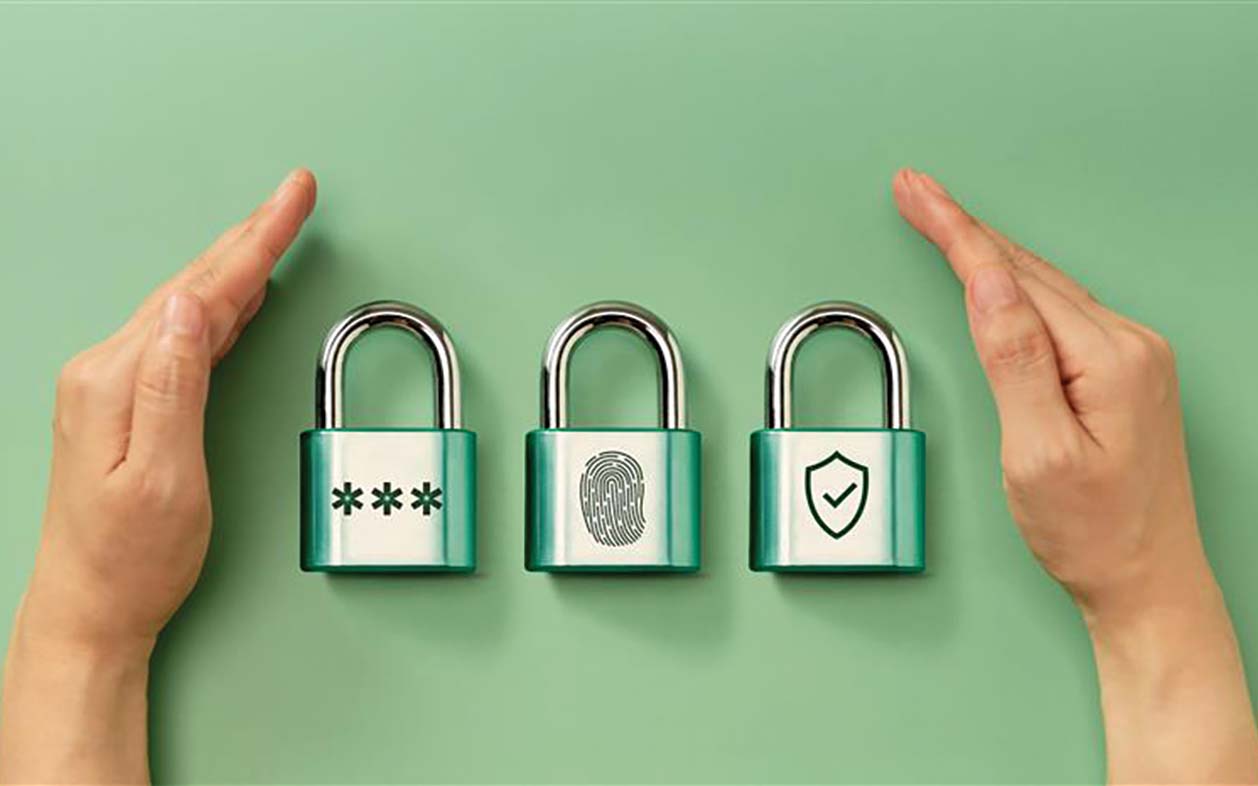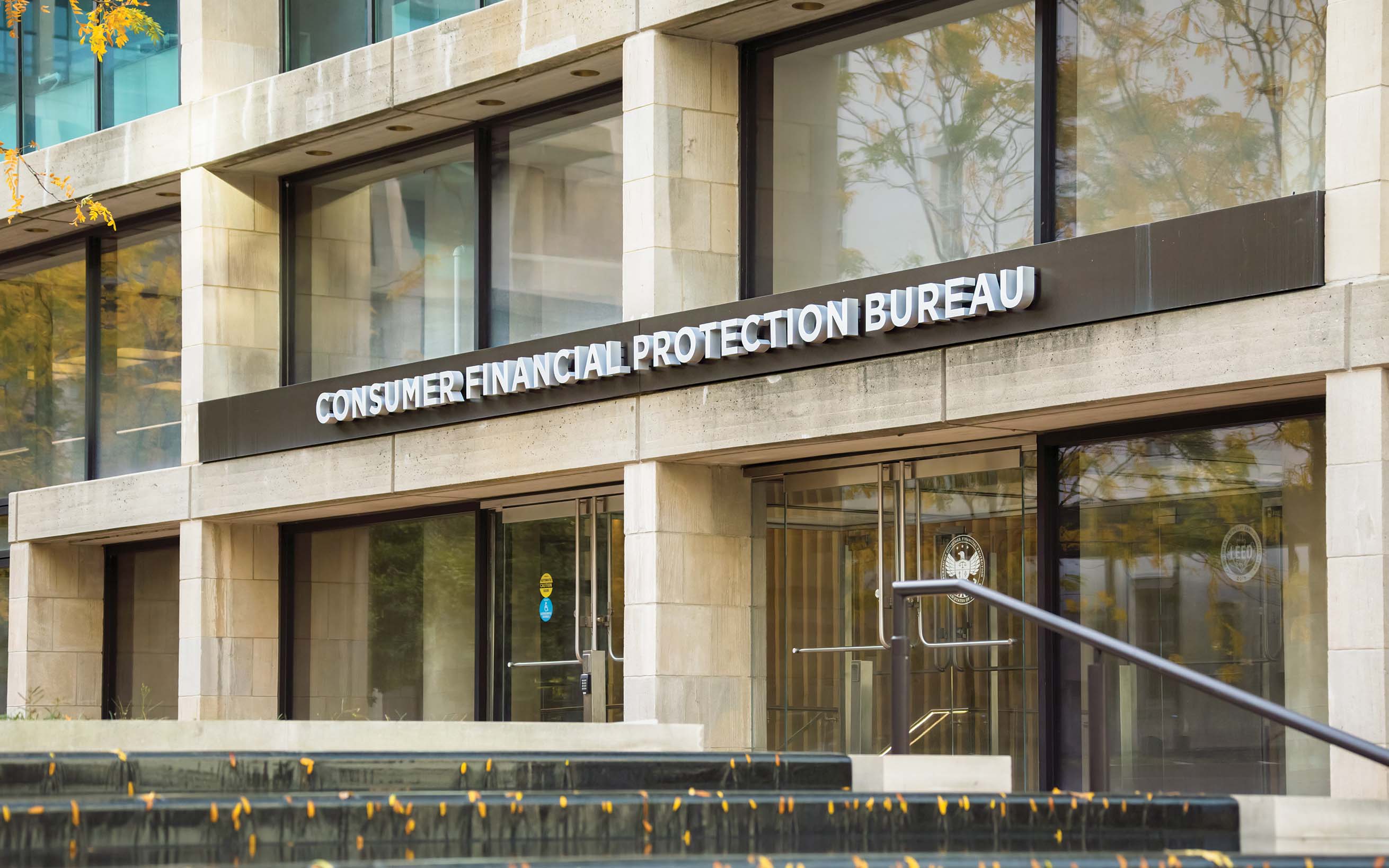As the design of the branch has advanced, so, too, have the measures that community banks use to keep their branches secure.
How branch security is catching up with branch design
July 01, 2020 / By Karen Epper Hoffman
As the design of the branch has advanced, so, too, have the measures that community banks use to keep their branches secure.
While many community banks have retooled or redesigned their branches to meet the needs of the industry and customers, the security measures needed to protect bank and customer information have evolved, too.
The in-person retail channel for community banks is branching out in many directions. Some community banks are increasingly building out open-plan branches where tellers or universal associates conduct business from standing desks. Others are pursuing branches with smaller footprints focused solely on high-value services. Some branches feature coffee bars for customers.
“We are among the many banks that are making our space more inviting to our customers, eliminating the traditional teller line and providing some nice, comfortable furniture, along with a beverage station and a public internet connection,” says Jeff Newgard, president and CEO of $514 million-asset Bank of Idaho in Idaho Falls, Idaho. “The intent was to create a warm atmosphere where our customers could feel at home.”
In a bank, however, comfort and hominess must work hand in hand with security, even if they’re in opposition. To better protect employees, data and other bank assets, Bank of Idaho moved from traditional teller lines to the more modern pod model with cash recyclers to increase security in cash handling, Newgard says. Branch personnel on the floor, he adds, have a “separate and secure space” away from their teller station “designed to reduce or eliminate employees’ exposure when they are counting cash or submitting [transactional] work.”
According to Steve Reider, president of Bancography, a consultancy in Birmingham, Ala., new branch designs are even “more compatible” with strong security than traditional branches. Like Bank of Idaho, many banks are increasingly using cash recyclers, which minimize the need for the less-secure teller drawer. And smaller branches are often replacing conventional large-scale vaults with modular safes, which are more cost-effective and less risky.
Any kind of branch has traditionally been high on the security risk scale for banks, since just about anyone can walk in off the street, according to Adam Kohler, a system engineering manager for Forescout Technologies, a cybersecurity company specializing in device visibility and control, in San Jose, Calif. But with an increasing number of connections, from self-service kiosks to advanced ATMs, branches now pose a cybersecurity risk as well.
“Today, we are seeing many different types of connected devices in bank branches with various levels of network access needed,” Kohler says. The teller needs to be able to talk to critical banking systems, for example, but the branch’s coffee bar might require online access for customers or to schedule maintenance. Meanwhile, operational technology (OT) systems, such as HVAC and environmental monitoring, are often connected to the same network, driving the need for network segmentation in branches, which Kohler calls “the next evolution of network access control.”
Security catching up to design
Branch security has changed in recent years to keep up with new designs, as well as fraudsters. Some banks are starting to use biometric methods for authenticating customers in the branch, says Milwaukee-based Maria Schuld, a division executive at FIS North America Banking Services Group.
Schuld says other banks are using ID scan devices and “investigating proximity sensors and beacon technology to quickly identify customers as they enter a branch to verify their identity and alert branch staff to their arrival.” These sensors would detect customers through their mobile phone’s location services or RFID tags embedded in debit cards, then produce a quick customer profile to provide verification, better security and enhanced customer service.
Penny Camp, executive vice president and chief people officer at $1.7 billion-asset Bank Independent in Sheffield, Ala., points out that some new branch models, especially those featuring open floor plans, can present new challenges to security and privacy. “We have to really think about the conversations we are having [at the teller stations] and maintaining a certain level of privacy when discussing accounts and personal information,” she says. She adds that the community bank has experimented with white noise and sound-dampening ceiling panels.
Similarly, prior to the COVID-19 pandemic, new branch designs may have included “fewer physical barriers between bank employees and cash and customers,” says Eric Bonner, vice president for physical security for Diebold Nixdorf, based in Morgantown, W.Va. The most effective security includes multiple layers, he adds, “whether it’s physical or digital.”
How one bank keeps branches safe in a crisis
COVID-19 concerns have added a wrinkle to branch security and safety. Lockdown measures in many states have forced many banks to close down their lobbies, only allowing customers to bank via drive-thrus or ATMs. While these limitations may be temporary, some bankers expect the pandemic to have a long-term effect on how branches operate.
“The safety and well-being of our employees is more important than ever with the onset of this unprecedented series of events tied to COVID-19,” says Jeff Newgard, president and CEO of Bank of Idaho in Idaho Falls, Idaho.
The community bank’s business continuity plan took effect in early March when virus made its debut in Idaho, and Bank of Idaho closed its lobbies to the general public. More spacious open-floor plan branches have made social distancing easier for staff who do come in, and the bank has also “spread our employees out, using all available space to create safe buffers,” Newgard says.
“While on the surface, this may not be viewed as security, as we normally consider it in our world of financial services,” he says, but “taking proactive steps to secure and preserve the health and well-being of our employees has made them feel more secure in their jobs.”
Subscribe now
Sign up for the Independent Banker newsletter to receive twice-monthly emails about new issues and must-read content you might have missed.
Sponsored Content
Featured Webinars
Join ICBA Community
Interested in discussing this and other topics? Network with and learn from your peers with the app designed for community bankers.
Subscribe Today
Sign up for Independent Banker eNews to receive twice-monthly emails that alert you when a new issue drops and highlight must-read content you might have missed.
News Watch Today

Join the Conversation with ICBA Community
ICBA Community is an online platform led by community bankers to foster connections, collaborations, and discussions on industry news, best practices, and regulations, while promoting networking, mentorship, and member feedback to guide future initiatives.













